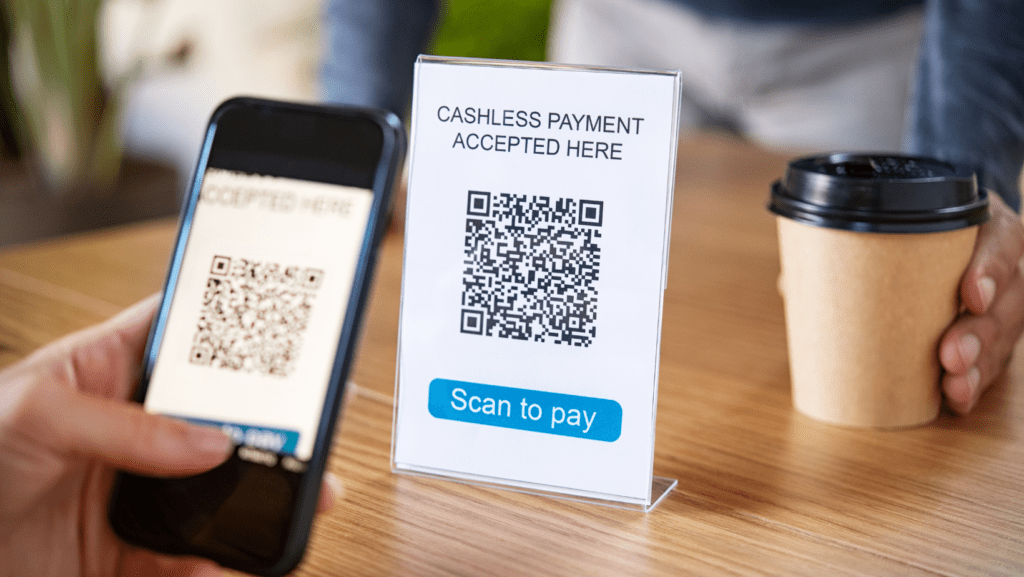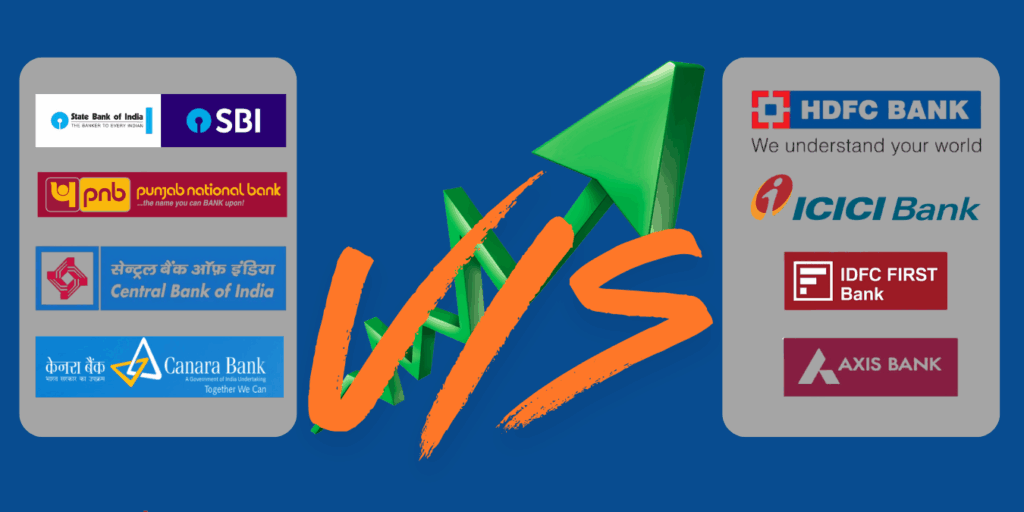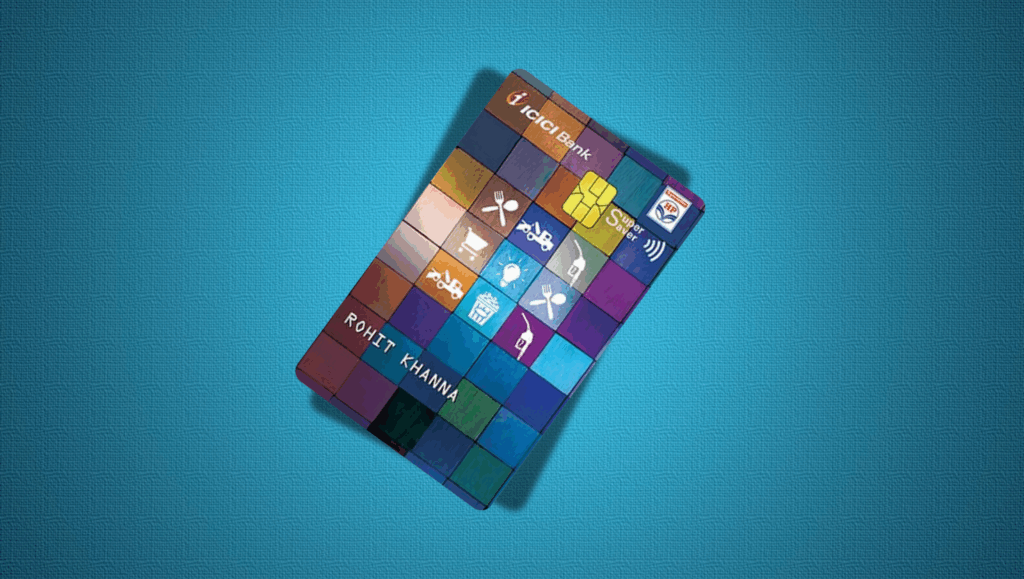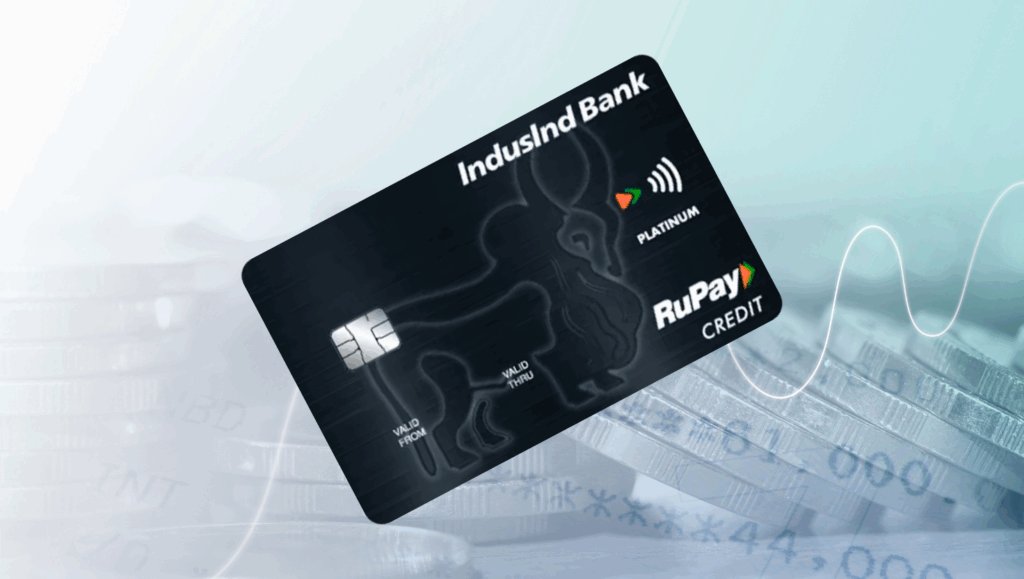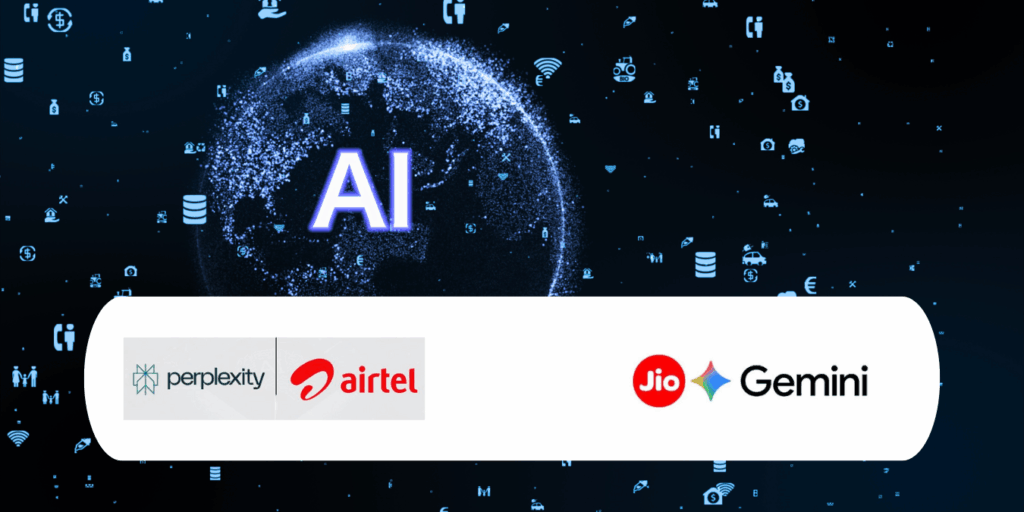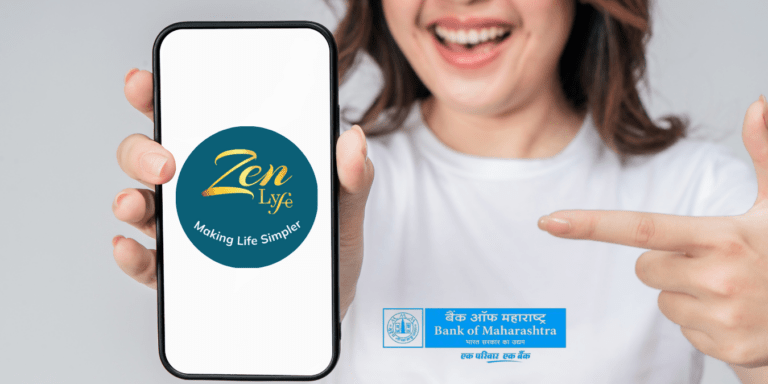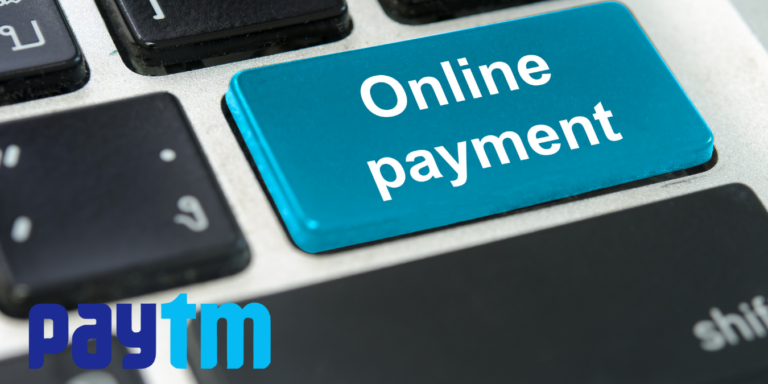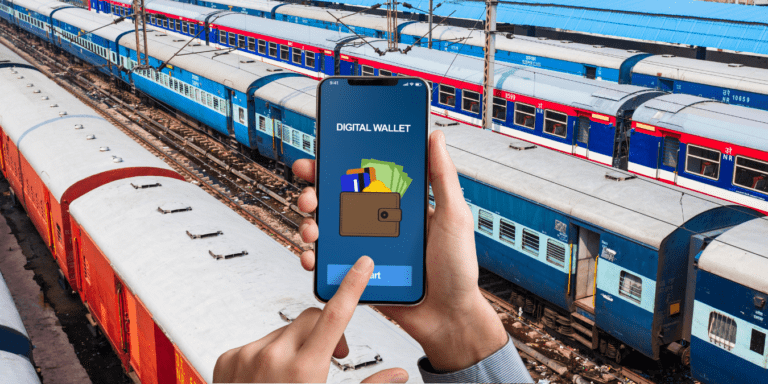
How long do interbank transfers take in India? Online/phone transfers via NEFT, RTGS, IMPS, or UPI range from 5 seconds to 2 hours. Learn exact processing times, cut-off hours, and pro tips to speed up transactions between banks like SBI, HDFC, and ICICI. Transfer smarter—avoid delays today!
Transferring money between bank accounts has become a routine activity for individuals and businesses alike. Whether you’re paying bills, sending money to family, or settling business transactions, understanding the time it takes to transfer funds between two different banks in India is crucial. With advancements in banking technology and the introduction of innovative payment systems, the process has become faster and more convenient than ever before. This blog post explores the various methods of transferring money online or by phone in India, their respective timelines, and factors that influence transfer speeds.
Introduction to Money Transfer in India
Money transfer between banks in India has evolved significantly, thanks to the Reserve Bank of India (RBI) and the National Payments Corporation of India (NPCI). Systems like National Electronic Funds Transfer (NEFT), Real-Time Gross Settlement (RTGS), Immediate Payment Service (IMPS), and Unified Payments Interface (UPI) have revolutionized how funds are moved securely and efficiently. Whether you’re transferring money online via internet banking, mobile apps, or over the phone through banking services, the time taken depends on the method used, banking hours, and other factors. Let’s dive into the details of each method and how long it takes to transfer money between two different banks in India in 2025.
Key Money Transfer Methods
India’s banking system offers several methods for transferring money, each with distinct features, transfer times, and use cases. Below, we explore the most popular options: NEFT, RTGS, IMPS, and UPI, along with their respective timelines for online and phone-based transactions.
1. National Electronic Funds Transfer (NEFT)
What is NEFT?
NEFT, regulated by the RBI, is a widely used method for transferring funds between bank accounts in India. It is ideal for transactions of any amount, with no upper limit (except for specific cases like the Indo-Nepal Remittance Scheme, capped at ₹50,000 per transaction). Since December 2019, NEFT operates 24/7, including weekends and holidays, making it highly accessible.
How Long Does NEFT Take?
NEFT transactions are processed in half-hourly batches, with settlements occurring 48 times a day. For instance, a transfer initiated at 11:02 AM will typically settle by 11:30 AM, assuming all details are correct. The RBI mandates that first-time NEFT transactions may take up to two hours due to beneficiary verification, but subsequent transfers are often faster, typically settling within 30 minutes to 2 hours.
Online vs. Phone-Based NEFT Transfers
- Online NEFT Transfers: Using internet banking or mobile apps, you can initiate NEFT transfers by entering the recipient’s account number, IFSC code, and bank details. These transfers are seamless and available 24/7, with funds credited within 2 hours in most cases.
- Phone-Based NEFT Transfers: Some banks offer phone banking services for NEFT, where you call the bank’s customer service, provide recipient details, and authorize the transfer. However, phone-based transfers may be limited by bank-specific cut-off times and could take slightly longer due to manual processing, typically 2–4 hours.
Factors Affecting NEFT Transfer Time
- Accuracy of recipient details (account number, IFSC code).
- Bank processing efficiency.
- Network traffic, especially during peak hours.
- First-time beneficiary verification, which may delay the initial transfer.
2. Real-Time Gross Settlement (RTGS)
What is RTGS?
RTGS is designed for high-value transactions (minimum ₹2 lakh) and is ideal for urgent, large-sum transfers. Like NEFT, RTGS is available 24/7 in 2025, ensuring real-time processing even on weekends and holidays. Funds are credited to the recipient’s account within 30 minutes of initiating the transfer.
How Long Does RTGS Take?
RTGS transfers are processed in real time, with the beneficiary’s account credited within 30 minutes of the transaction being initiated. This makes RTGS one of the fastest methods for transferring large sums between banks in India.
Online vs. Phone-Based RTGS Transfers
- Online RTGS Transfers: Through internet banking or mobile apps, RTGS transfers are initiated instantly, provided you submit the request within the bank’s processing window. The 24/7 availability ensures no delays due to banking hours.
- Phone-Based RTGS Transfers: RTGS via phone banking requires contacting the bank’s customer service team. While the transfer is processed in real time, additional verification steps may add a slight delay, but funds are still credited within 30 minutes in most cases.
Factors Affecting RTGS Transfer Time
- Correctness of beneficiary details (name, account number, IFSC code).
- Bank-specific processing speeds.
- Compliance with RBI regulations for high-value transactions.
3. Immediate Payment Service (IMPS)
What is IMPS?
IMPS is a real-time, instant transfer service available 24/7, suitable for transactions as low as ₹1 and up to ₹5 lakh (depending on bank limits). It’s accessible via internet banking, mobile apps, or even phone banking for select banks.
How Long Does IMPS Take?
IMPS transfers are nearly instantaneous, with funds credited to the recipient’s account within 5–60 seconds in most cases. This makes IMPS ideal for urgent, smaller-value transactions.
Online vs. Phone-Based IMPS Transfers
- Online IMPS Transfers: Using mobile banking apps or internet banking, IMPS transfers are completed instantly by entering the recipient’s account details or mobile number and MMID (Mobile Money Identifier).
- Phone-Based IMPS Transfers: Some banks allow IMPS via phone banking, where you provide recipient details over a call. While still instant, phone-based IMPS may involve additional verification, slightly delaying the process (up to 1–2 minutes).
Factors Affecting IMPS Transfer Time
- Network connectivity for online transactions.
- Accuracy of recipient details (account number, IFSC, or MMID).
- Bank server performance during high-traffic periods.
4. Unified Payments Interface (UPI)
What is UPI?
UPI, developed by NPCI, is the most popular method for transferring money in India, thanks to its simplicity and speed. It allows instant transfers using a Virtual Payment Address (VPA) like recipient@bank without needing account numbers or IFSC codes. UPI is accessible via apps like Paytm, Google Pay, PhonePe, and bank-specific apps.
How Long Does UPI Take?
UPI transfers are instantaneous, with funds credited within 5–60 seconds, making it the fastest method for domestic transfers in India. It operates 24/7, including holidays, ensuring seamless transactions.
Online vs. Phone-Based UPI Transfers
- Online UPI Transfers: Using UPI apps, you enter the recipient’s VPA or scan a QR code to initiate a transfer. The process is instant, with no delays.
- Phone-Based UPI Transfers: While less common, some banks and UPI apps offer voice-assisted or phone-based UPI transfers via customer care. These may take slightly longer (1–2 minutes) due to verbal verification but are still near-instant.
Factors Affecting UPI Transfer Time
- Internet connectivity and app performance.
- Correct VPA or QR code details.
- Transaction limits set by banks or UPI apps (typically up to ₹1 lakh per transaction).
Comparison of NEFT, RTGS, IMPS, and UPI
Here's a clear comparison of NEFT, RTGS, IMPS, and UPI payment systems:
| Feature | NEFT | RTGS | IMPS | UPI |
| Full Form | National Electronic Funds Transfer | Real-Time Gross Settlement | Immediate Payment Service | Unified Payments Interface |
| Transfer Speed | 30 minutes to 2 hours (batch processing) | Within 30 minutes (real-time) | 5–60 seconds (instant) | 5–60 seconds (instant) |
| Availability | 24/7, including weekends and holidays | 24/7, including weekends and holidays | 24/7, including weekends and holidays | 24/7, including weekends and holidays |
| Transaction Limit | No minimum or maximum limit | Minimum ₹2 lakh, no maximum limit | ₹1 to ₹5 lakh (bank-dependent) | Up to ₹1 lakh per transaction (bank/app-dependent) |
| Online Access | Via internet banking, mobile apps | Via internet banking, mobile apps | Via internet banking, mobile apps | Via UPI apps (e.g., Paytm, Google Pay) |
| Phone-Based Access | Available through phone banking (varies by bank) | Available through phone banking (varies by bank) | Available through phone banking (varies by bank) | Limited, via voice-assisted apps or customer care |
| Cost | Free for online inward; nominal for outward (bank-dependent) | Free for online; nominal for branch-based (bank-dependent) | Free or nominal (bank-dependent) | Mostly free, some banks charge for high-value transfers |
| Beneficiary Details | Account number, IFSC code | Account number, IFSC code | Account number, IFSC code, or MMID | Virtual Payment Address (VPA) or QR code |
| Use Case | Cost-effective, small to large transfers | High-value, urgent transfers | Instant, small to medium transfers | Instant, small to medium transfers, QR-based payments |
| Processing Type | Batch-based (48 batches daily) | Real-time, individual transaction | Real-time, instant | Real-time, instant |
| Verification | May require first-time beneficiary verification | May require verification for large sums | Minimal verification for registered users | Minimal, VPA-based, no account details needed |
| Popularity (2025) | High for bulk transfers | Preferred for high-value transactions | Popular for instant small transfers | Most popular for retail and peer-to-peer transfers |
Notes:
- All data is based on the latest RBI and NPCI guidelines.
- Transfer times may vary slightly due to bank processing speeds, network traffic, or incorrect beneficiary details.
- UPI is the most widely used method, handling over 100 billion transactions in 2024, per NPCI data.
- Always verify recipient details to avoid delays or rejections.
Latest Data on Money Transfer
India’s digital payment ecosystem is among the most advanced globally, with UPI leading the charge. According to NPCI, UPI processed over 100 billion transactions in 2024, with an average monthly volume of 8.5 billion. NEFT and RTGS continue to handle high-value and bulk transactions, with NEFT processing over 1.2 billion transactions annually. IMPS remains a preferred choice for instant small-value transfers, while RTGS is used for high-value transactions exceeding ₹2 lakh. The 24/7 availability of all these systems, introduced by the RBI, has significantly reduced transfer times, making India a leader in real-time payments.
Tips for Faster Money Transfers in India
To ensure quick and secure transfers between banks, consider the following tips:
- Use UPI for Small Transactions: For amounts up to ₹1 lakh, UPI is the fastest and most convenient option.
- Double-Check Details: Verify recipient account numbers, IFSC codes, or VPAs to avoid delays or rejections.
- Opt for Online Transfers: Online methods via apps or internet banking are faster than phone-based transfers.
- Choose the Right Method: Use IMPS or UPI for instant transfers, NEFT for cost-effective transfers, and RTGS for high-value transactions.
- Avoid Peak Hours: Initiate transfers during off-peak hours to minimize delays due to network traffic.
- Track Your Transaction: Use SMS/email alerts or banking apps to monitor the status of your transfer.
Costs Associated with Money Transfers
- NEFT: No charges for inward transactions; outward transaction fees vary by bank but are often free for online transfers.
- RTGS: Typically free for online transactions, but branch-based RTGS may incur nominal fees.
- IMPS: Charges depend on the bank, but RBI has waived additional fees for online IMPS to promote digital transactions.
- UPI: Most UPI transactions are free, though some banks or apps may charge for high-value transfers.
Always check with your bank for the latest fee structure.
Final Thought
Transferring money between two different banks in India in 2025 is faster and more accessible than ever, thanks to systems like UPI, IMPS, NEFT, and RTGS. UPI and IMPS offer instant transfers (5–60 seconds), making them ideal for urgent, smaller transactions. NEFT takes up to 2 hours for cost-effective transfers, while RTGS ensures high-value transfers are completed within 30 minutes. Whether you choose online banking or phone-based transfers, the process is secure and efficient, with 24/7 availability across all methods. By understanding the nuances of each transfer method and ensuring accurate recipient details, you can minimize delays and manage your finances effectively.







